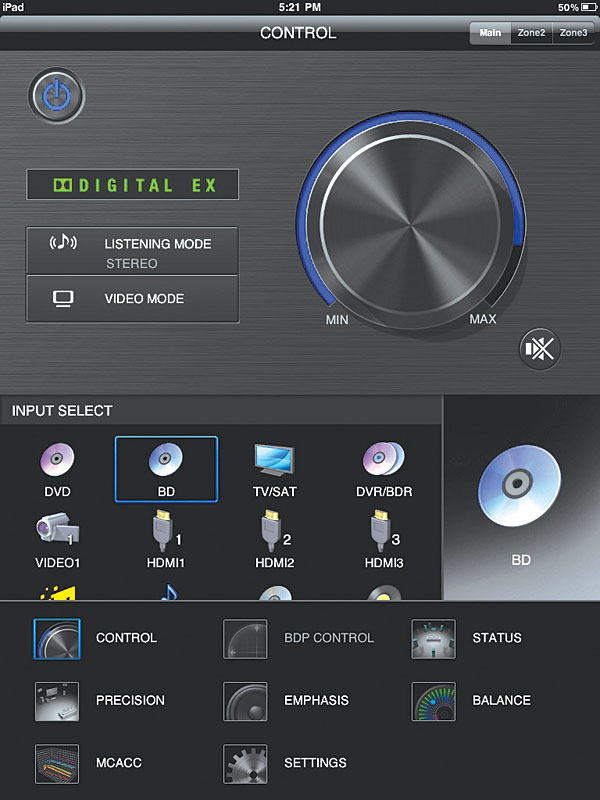Great review, Mark, thanks!
Your review reflects my experience with the VSX-1021-K (so far--I've had it for about a month-and-a-half) in all respects save one: the availability of AirPlay out of the box. I was pleasantly surprised--shocked, really--that I had to do nothing but plug the ethernet cable into the 1021 to get AirPlay to work. Once I turned it on, it just showed up as an available device in iTunes and my iOS devices (an iPad and two iPhones). "It just worked", as the folks at Apple like to say. My household is exclusively Mac, and you were using a PC, I gather. Also, my wireless router is an AirPort Extreme. Perhaps that could be the difference?
Thanks again for the review!

 AirPlay for iPlay
AirPlay for iPlay






































































